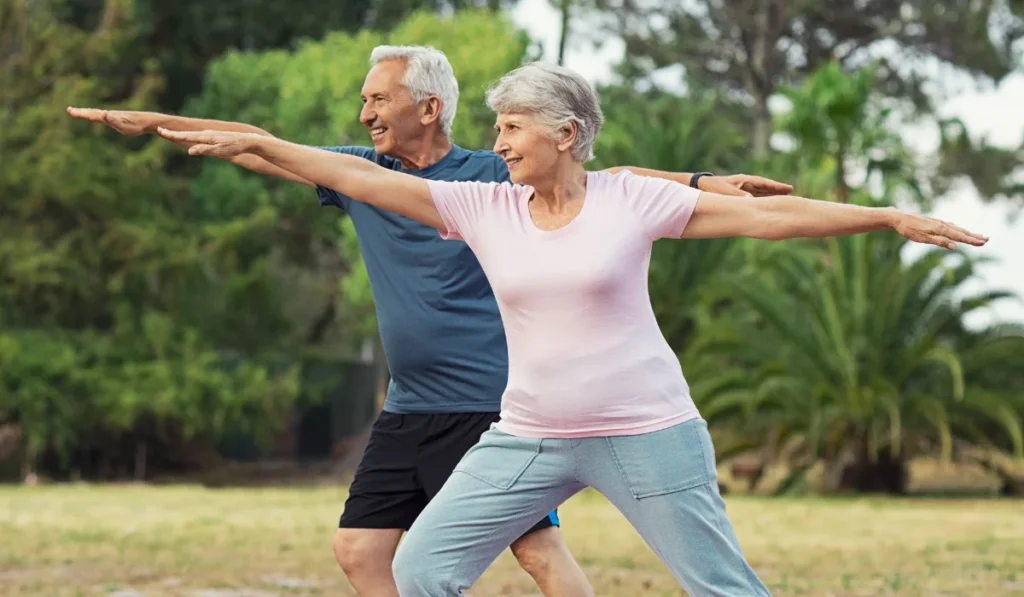When winter hits New York, icy sidewalks and freezing temperatures create a slippery challenge for anyone venturing outdoors. The risk of falling is even greater for older adults and those with limited mobility.
Thankfully, with some preparation and attention to detail, you can help prevent falls and ensure safer winter days ahead.
Key Takeaways
- Wear sturdy, slip-resistant footwear designed for winter conditions to reduce the chance of falling.
- Keep paths and driveways clear of ice and snow for a safer home environment.
- Install handrails and use salt or sand to make outdoor surfaces fall-proof.
- Stay active and use assistive devices to improve balance and support.
1. Wear Proper Footwear
Footwear plays a major role in winter safety. Look for shoes or boots with deep treads and rubber soles that offer better traction on icy sidewalks and slick surfaces.
Styles that rise above the ankle provide extra support, helping reduce slips when you step onto icy patches.
Footwear should fit snugly without being too tight, as loose shoes can increase trip hazards. Avoid smooth-soled shoes, as these can increase the risk of a fall, a common risk factor for serious injuries in winter.
2. Clear Walkways and Driveways Regularly
Keeping paths around your home clear is essential to prevent winter falls. Snow can hide ice patches underneath, creating unexpected hazards.
By shoveling walkways after each snowfall and breaking up any ice, you create a safer path for yourself and visitors.
Many neighborhoods also offer services for older people, which may include shoveling driveways and clearing entryways. Consider looking into these options to ensure regular upkeep during winter months and reduce the chance of falls.
3. Install Handrails and Grab Bars

To make a home safer, handrails and grab bars can make all the difference when entering and exiting. Adding handrails along outdoor steps, entryways, and even in hallways near entrances can provide a steadying hand in icy or wet conditions.
Consider installing handrails with a non-slip finish, which can offer a better grip. Check that existing handrails are securely anchored and in good condition.
4. Use Salt or Sand on Slippery Surfaces
Applying salt or sand to icy paths and steps provides added traction and lowers the chance of slipping. Salt is particularly effective for melting ice in temperatures down to about 15°F, while sand offers a gritty surface that improves footing even in lower temperatures.
Apply salt or sand directly after shoveling snow, and reapply as needed during icy weather. Keeping a small bag or bucket near entry points ensures quick access when conditions worsen.
5. Stay Active to Maintain Strength and Balance

Physical activity is critical to reducing fall risk by strengthening muscles, enhancing coordination, and boosting balance. Luckily, simple exercises and balance drills can help keep the legs and core strong, making them essential for winter stability and healthy aging.
- Practice balance exercises like standing on one foot.
- Strengthen legs with simple moves like seated leg lifts.
- Consider an indoor exercise program like tai chi to maintain flexibility and coordination.
Practicing these a few times each week (along with some stretching) doesn’t take much time but helps prepare you for unsteady winter surfaces.
6. Use of Canes, Walkers, or Poles

Mobility aids, such as canes, walkers, or trekking poles, provide stability on icy or uneven ground. If you already use a mobility aid, check that it’s suited for winter.
For instance, rubber tips or ice-grip attachments on canes can improve stability on slick surfaces. Plus, some attachments have retractable spikes that work well on icy ground and can be folded away indoors.
For those new to mobility aids, a cane or walker can make a big difference in staying balanced on icy winter surfaces. Start by finding a cane with a comfortable grip or a walker that fits your stride.